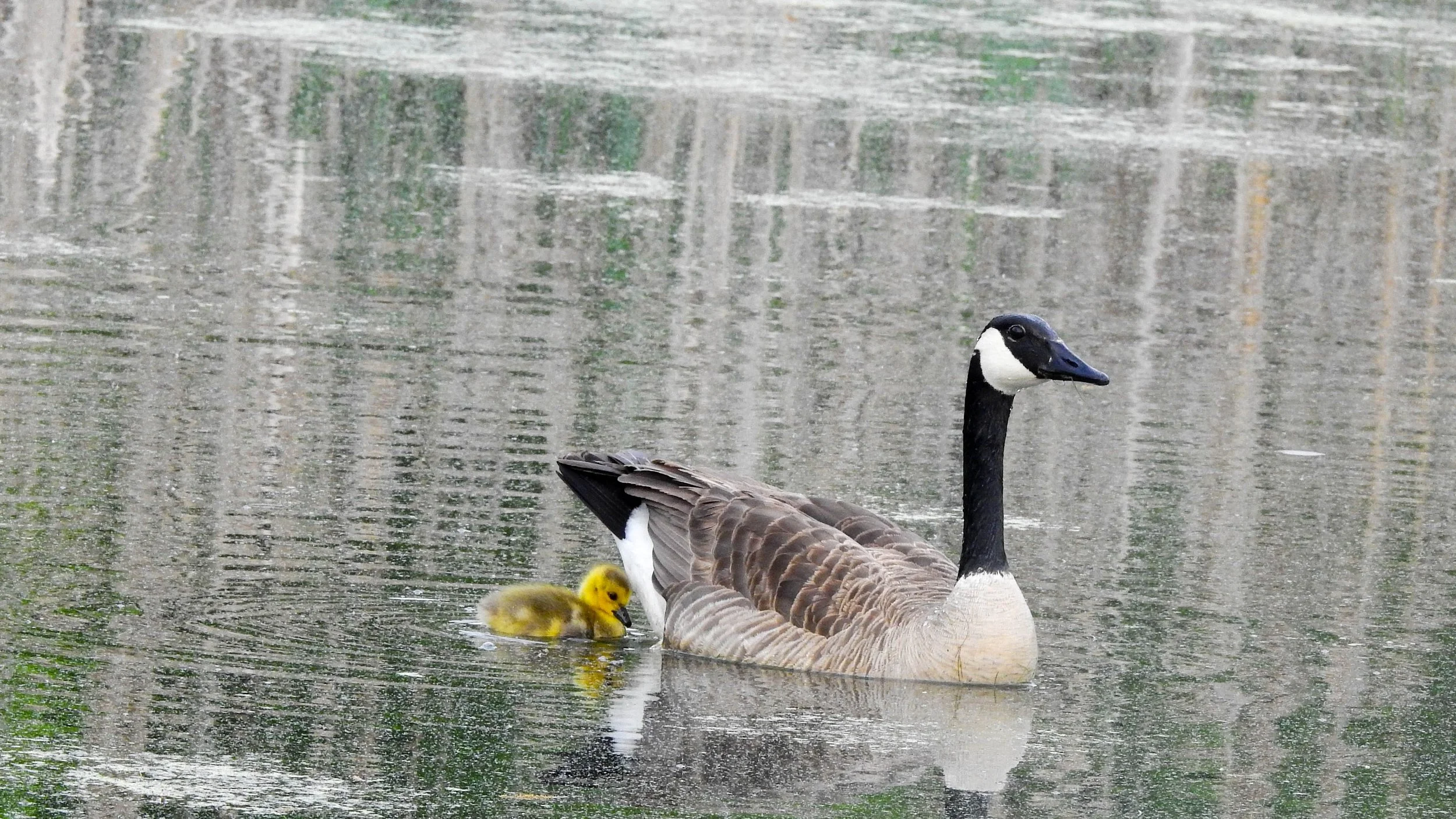Visitors Guide to Madison County, Illinois
The Piasa Bird in Alton, Illinois
Madison County anchors the southern end of the Meeting of the Great Rivers Scenic Byway area, which was awarded the designation by the National Scenic Byways Program in 1998. The program is intended to recognize highways that are outstanding examples of scenic, historic, recreational, cultural, archaeological, and/or natural qualities. The Meeting of the Great Rivers Scenic Byway area met the necessary criteria in all six categories.
The most striking feature of the region is the limestone bluffs that border the Great River Road. The bluffs are a result of the Mississippi carving its channel for millennia and are topped with 40-feet thick layer of loess that supports the native vegetation. Bikers and hikers can enjoy this feature utilizing the Sam Vadalabene Bike Trail that parallels two rivers for 20 miles from Alton to Pere Marquette State Park.
Humans have been living in the region as far back as 8000 B.C.E. Cahokia Mounds State Historical Site of human civilization before the arrival of European Settlers. An interpretative center, tours and events help visitors explore the giant earthen mounds and fascinating culture and remains of a prehistoric Native American civilization that disappeared around 1400 A.D.
European settlers began arriving in the Middle Mississippi River Valley at the beginning of the 1700’s but didn’t really start settling in Madison County until the early 1800s. Lewis and Clark used Madison County as their winter base in the winter of 1803-04 before starting up the Missouri River on their voyage of discovery. An Interpretive Center near Hartford at the Lewis and Clark State Historical Site contains a replica keelboat and other exhibits are on the site along with a reconstructed fort illustrating the Corp's living conditions.
Downtown Alton river scene mural
Madison County was formed in 1812 as a county in the Illinois Territory and named after James Madison, fourth President of the United States and who was currently serving in his first term. The county originally encompassed all of Illinois north of its current border between the Mississippi and the Indiana border. In 1814 the size of the county was halved with the formation of Edwards County and the final boundary was established in 1843. Madison County’s largest town, Alton, was platted in 1818 by a land speculator, Colonel Rufus Eaton, who named the town after one of his sons. Because of its good harbor and location Alton quickly became a transfer point for the shallow draft riverboats that plied the upper Mississippi and deep draft vessels that operated south of Alton. Interested visitors can learn more about Alton and the Mississippi River at the Alton Museum of History and Art. Today Alton’s riverfront district has become a popular destination for antique shopping, boasting over 50 antique and specialty shops.
The coming of the railroad signaled the demise of steamboats, but river traffic came back in the form of barges. A series of 29 locks and dams were built in the 1930’s with Lock and Dam #26 being built in Alton and Lock and Dam #27 being built near Granite City. The effect of the dam at Alton was to significantly widen the river above the dam creating what came to be called Alton Lake. This new body of water has become a water recreation enthusiast’s paradise with a number of marinas, boat ramps and sailing, power boating, skiing, and fishing opportunities. Structural problems at Lock and Dam #26 caused it to be replaced by the Melvin Price Locks and Dam which was completed in 1989. Adjacent to the locks and dam is the new National Great Rivers Museum where visitors can learn about the historical, geological, and natural aspects of the Mississippi.
Trumpeter Swans, Riverlands, West Alton, Missouri
Madison County is a paradise for those that appreciate nature. There is an abundance of attractions for visitors to interact with nature that feature marshlands, hardwood forests, walking trails, and rare examples of prairie. Depending on the season, visitors can see thousands of migratory birds including Bald Eagles, White Pelicans, and Trumpeter Swans at the Riverlands Environmental Demonstration Area across the Mississippi River in West Alton.
Madison County offers it visitors a variety of attractions and recreational opportunities and all the amenities needed for either a daylong visit or an extended stay.













